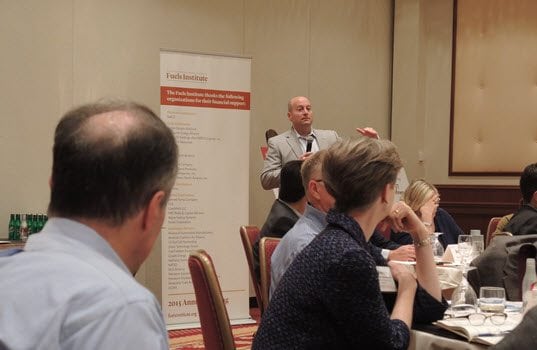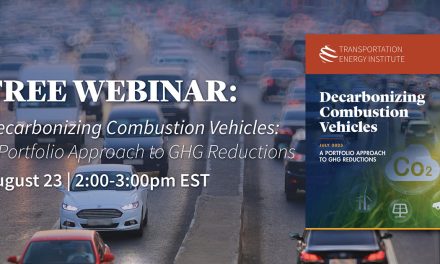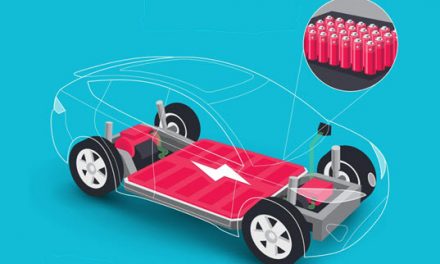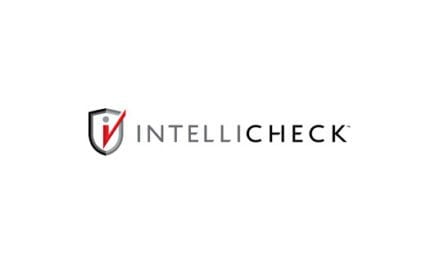Main Photo: John Eichberger, Executive Director, opens the meeting.
By Keith Reid
The Fuels Institute held its Annual Meeting September 23 – 25 at the Conrad Indianapolis. It brought together over 80 refiners, wholesalers, biofuel producers, vehicle manufacturers, government entities, marketers and retailers. While the discussions varied in their specifics, they followed a general theme of how do you bring a new fuel to market and make alternatives acceptable to parties from the fuel producer to the consumer? The discussions were lively and cordial as people with highly divergent views on the subject at hand worked with each other to find common ground.
As a reminder, the Fuels Institute, founded by NACS in 2013, is a 501(c)(4) non-profit research-oriented think tank dedicated to evaluating the market issues related to vehicles and the fuels that power them. Offered below is a quick take on what transpired at the meeting.
Ride & Drive
The show kicked off on Wednesday, September 23, with a Ride & Drive that featured a selection of hydrogen and electric vehicles.
In the background in the picture below, Hyundai had its fuel-cell powered Tucson platform on display. Manufacturer specifications claim a 265-mile range from the 134 hp electric motor that provides 221 pound-feet of torque. The vehicle is only going to be made available via lease (about $3000 down and $500 per month over three years) and the company will pick up the tab for the fuel.
In the foreground in the picture above, Nissan offered its mature, electric Leaf platform. A neat feature was switching out of the rather hum-drum economy setting to a mode allowing for sports-car performance.
Toyota also had its Mirai fuel cell platform on display. As with the Hyundai the car will be offered via a lease with the fuel included. Toyota expects to offer 5,000 globally, with 3,000 in the US market, by 2017. An interesting feature found in the trunk was an auxiliary power port suitable for potential grid support applications or a tailgate party.
Keynote Address
The keynote address featured Reuben Sarkar, Deputy Assistant Secretary for Transportation, U.S. Department of Energy. He highlighted the department’s Optima Project, whose goal is to provide an optimal mating of fuel to engine to maximize both conventional performance and emission reductions. The focus with this effort is to help meet a goal of reducing greenhouse gas emissions 80% [editor: from 1990 levels] by 2050. In order for that to be possible, the process of moving toward that goal has to begin today. The program features two major parallel thrusts—one focused on more conventional spark ignition technology and another focused on advanced combustion engines. Sarkar said there is an appreciation for the fact that consumers want what they want and the goal is provide value to all parties down to the consumer.












